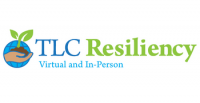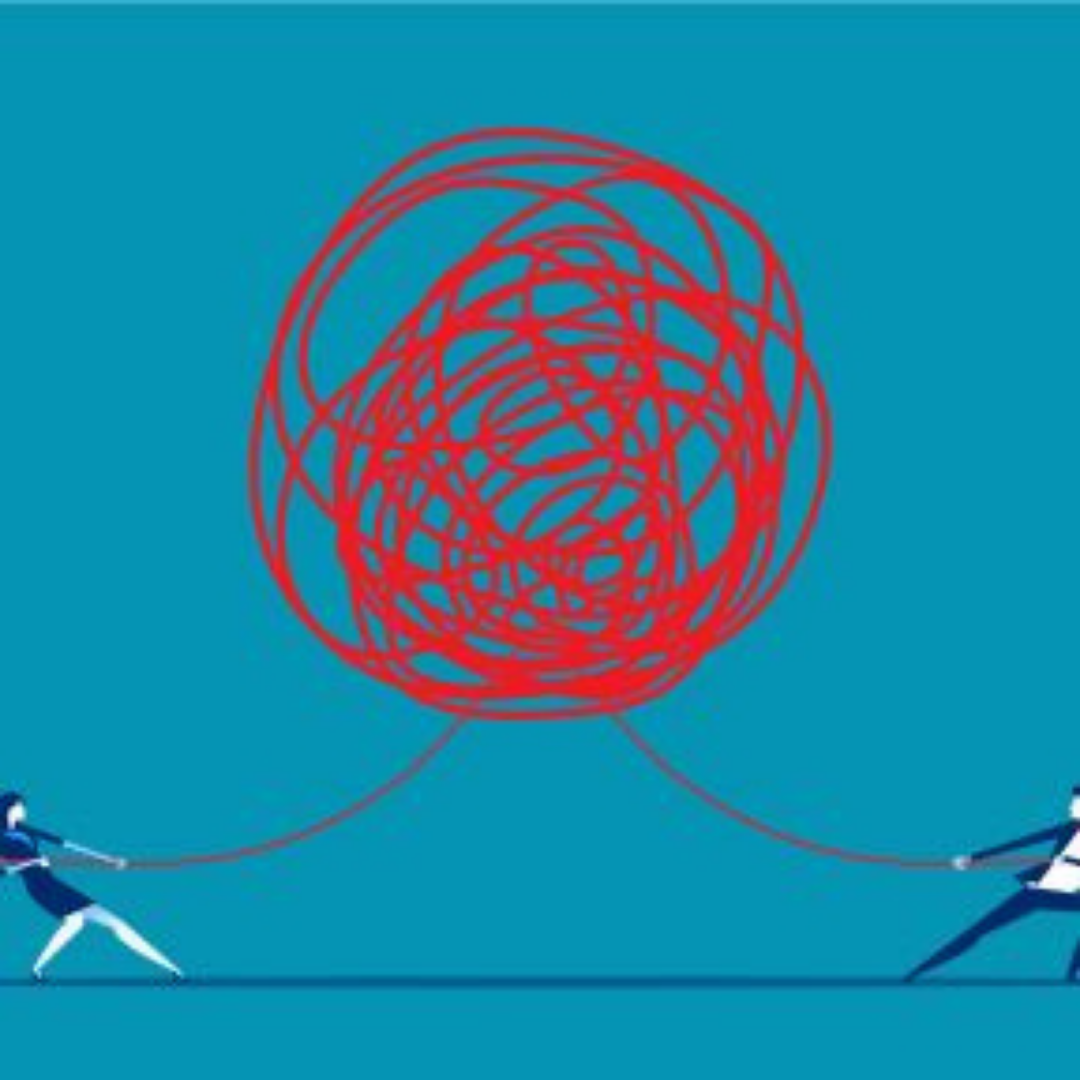I have a confession to make. I am a devout New York Mets fan. It makes life easy. I like people who are fellow Mets fans and demonize Yankee fans. The only time this becomes a problem is when I see redeeming qualities in a Yankee fan. But I can avoid this by avoiding them. Such is the state of the dichotomous mind. This type of thinking assisted our evolutionary ancestors when they had to consider who was part of “Us” and who was part of “Them.” There was no time to seek the humanity behind the possible predator.
This type of thinking continues to pervade our humanity. Hence, we are prewired to think in black and white. We don’t like the greys. It causes us cognitive dissonance. This type of mindset, concrete thinking, can lead to a faulty belief system that was so elegantly discussed in Daniel Kahneman’s book, Thinking Fast and Slow.
Do the vestiges of thinking concretely still serve a purpose? In our society, it appears to be helping to maintain the divisiveness that is pervasive. We seek only those resources that keep us entrenched in our concreteness and avoid confronting the greys. Divisiveness results in the perpetuation of conflict and causes us to be hypervigilant about the next attack from the “Other.” This hypervigilance results in chronic stress that undermines our wellness and resilience.
This type of concreteness is also present in how we manage our relationships. When we feel that we have been wronged, we fall prey to the belief that we are the “good guy” and they are the “bad guy.” This is especially true when a visceral reaction is set off when a boundary violation occurs. We seek out others who support our concreteness and avoid anyone who might support “the other side.”
The more we avoid the “wrongdoer” and develop relationships with like-minded individuals, the likelihood of resolving the conflict decreases. We develop a fixed mindset that feeds the belief that the person will never change. The avoidance of interaction can also transform the “transgressor” into a more demonic being. The adage, “Time heals all wounds,” does not apply here.
Even if we do not avoid conflict we rely on what we learned on the playground to manage it. But, we cannot assume that our vestigial concreteness can be corrected on the monkey bars. If we look to our culture for guidance, it is the legal system that can be seen as our role model for conflict management. The American legal system is, by definition, an adversarial one. It is the battle of “good and evil,” where conflict has been outsourced to two gladiators fighting it out for “justice.” As the dust clears, a judge will dictate their fate. There is no healing or learning that takes place in the courtroom. This applies to how the Family and Civil Courts manage conflict and transcends to how punishment is meted out in the criminal and school discipline system.
We cannot assume that we are born equipped with how to manage a conflict. Our level of concreteness is still present in our culture. Wellness is an effort and for change to occur, we must be willing to challenge our vestigial roots and have the courage to seize the conflict and have a dialogue. It is in the dialogue, where we must search to find the humanity behind our “enemy” so that empathy can seep in and healing can take place. For such a transformation to truly occur, we need to teach this skill in schools, the workplace, and our communities (and perhaps the ballpark).

